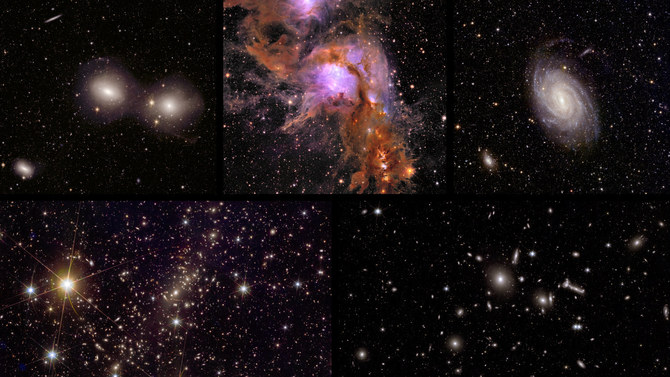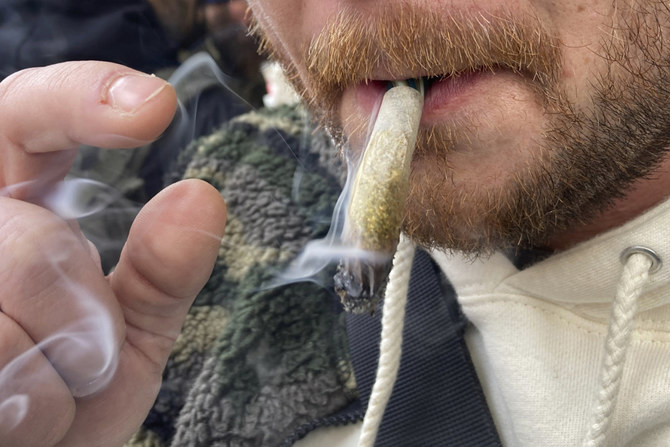AKITA, Japan: Taeko Watanabe awoke one cold March night and found a trail of blood in the hallway, a bloody cleaver on her son Yuki’s bed and no trace of him in the house. Then police discovered a suicide note in his bedroom.
“They found him in a canal by the temple and wrapped him in a blanket. After an autopsy, he came home in a coffin. I fell apart,” she recalled, eyes welling up as she sat by a photo of Yuki and a Buddhist altar laden with flowers and Fuji apples.
Yuki, who was 29 when he died in 2008, was one of many who committed suicide that year in Akita prefecture, 450 km north of Tokyo. For nearly two decades, Akita had the highest suicide rate in all of Japan, which itself has the highest rate in the Group of Seven.
But things have changed, Watanabe said. If her son faced the same situation now, “he would never have died. There are people who can prevent it.”
Watanabe, who contemplated suicide herself after Yuki’s death, now leads a suicide survivors group, part of national efforts that have brought Japanese suicides down by nearly 40 percent in 15 years, exceeding the government target. Akita’s are at their lowest in 40 years.
These efforts took off nationally in 2007 with a comprehensive suicide prevention plan, as academics and government agencies identified at-risk groups. In 2016, regions got more freedom to develop plans that fit local thinking.
Corporations, prompted by lawsuits from families of those who took their lives because of overwork, have made it easier to take leave; more offer psychological support, and a law caps overtime. The government mandates annual stress tests in companies with over 50 employees.
Suicide has a long history in Japan as a way to avoid shame or dishonor, and getting psychological help was stigmatized.
But when suicides hit a peak of 34,427 in 2003, it alarmed policymakers and drew foreign attention, often a catalyst for change in Japan.
“For a long time, thinking was that suicide was a personal problem and so the government didn’t really deal with it — not just Akita, but the whole country,” said Hiroki Koseki, an Akita civil servant in charge of suicide prevention.
POOR, ELDERLY, ALONE
Suicides have multiple causes, but experts say Akita has so many because of its remoteness, lack of jobs, long winters, a large number of isolated and lonely elderly, and accumulating debt.
In 1999, Akita’s governor became the first in Japan to budget for suicide prevention. Amid positive media coverage, citizen and volunteer suicide prevention groups sprung up. Akita, with a population of just 981,000, now has one of the largest citizen help networks in Japan.
“Because it was a personal problem, even governments said tax money shouldn’t be used. That paradigm shift occurred in Akita; the rest of Japan followed,” said Yutaka Motohashi, director of the Japan Support Center for Suicide Countermeasures, who worked in Akita in the 1990s identifying at-risk groups. Akita began depression screening, and public health workers checked in on at-risk people. There was also enthusiastic participation by volunteers such as Hisao Sato, who fought depression for years after his business failed in 2000.
“During that time one of my friends threw himself off a bridge and others had companies fail,” added Sato, 75, whose own father probably committed suicide. “I was angry, I wanted them not to be forced to choose suicide.”
To help, in 2002 he created “Kumonoito,” or Spiderweb, a network of lawyers and financial experts offering practical help. About 60 percent of his funding comes from the Akita government; the rest is from donations.
Japan’s parliament is drawing up a law to create a national organization similar to Sato’s.
“A business failure isn’t just an economic problem, it’s also a human problem,” Sato said.
GATEKEEPERS
Akita also has an ever-growing network of “gatekeepers” — people trained to identify those contemplating suicide and, if needed, put them in touch with help. Anybody can undergo several hours of training from Akita public health personnel and take part.
“Basically, everybody is part of community suicide prevention. It’s everybody’s business,” Motohashi said.
Japan’s national barbers’ association has called on its members to get training, though few have so far. But 3,000 people in Akita have been trained since 2017 and the goal is 10,000, or one for each 100 people, by 2022.
Akita also has volunteer “listeners” — people like 79-year-old Ume Ito, who talks to at-risk people, many of whom are elderly, for hours at a time.
“About 70-80 percent of those we deal with say they want to die, but while they talk they stop thinking about suicide and eventually say, ‘I’m looking forward to seeing you,’” she said.
One of her clients is Sumiko, 73, bedridden after a fall. She spends her days alone until her son’s family returns at night.
“I thought I’d be stuck in bed the rest of my life. Is this it for me? I thought I’d lose my mind,” said Sumiko, who declined to give her last name.
“If she wasn’t coming it’d be so depressing. I can’t tell my family everything in my heart and darkness remains,” she added, smiling at Ito. “I tell my son: being listened to saved me.”
Akita’s suicide rate has fallen from a high of 44.6 per 100,000 in 2003 to 20.7 in 2018, according to preliminary data — a drastic improvement, but still the sixth-highest nationally.
Japan’s suicides have fallen from the 2003 peak to 20,598 while the rate dropped from 27 per 100,000 to 16.3. The government aims to hit 13 per 100,000 by 2027. By contrast, the suicide rate in the US, with more than twice Japan’s population, was 14 per 100,000 in 2017.
SHADOW ON SUCCESS
But 543 Japanese 19 and younger killed themselves in 2018, a 30-year high.
Youth suicides were given unprecedented importance in a 2017 suicide-prevention plan, with counsellors now at many schools, often starting in primary grades, said Ryusuke Hagiwara, who works on suicide prevention at the Health Ministry.
Japanese youths often drop out of community activities and focus on school affairs by junior high, limiting possible confidants.
“Just at the time when stress increases for them, their world narrows,” said Yoshiaki Takahashi, a suicide researcher with the Nakasone Peace Institute. “We need to open things out.”
Education Ministry pamphlets aimed at primary school children allow them, through cheery comics, to assess how they’re feeling, teaching stress-reduction measures such as deep breathing and encouraging them to seek help.
“If we teach children it’s okay to get help, and how, they’ll be more open to it later too,” Akita’s Koseki said. “Raising adults like this may help reduce future suicides.”




























